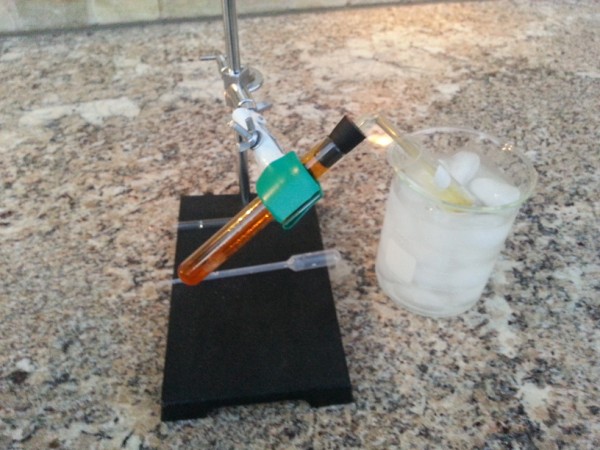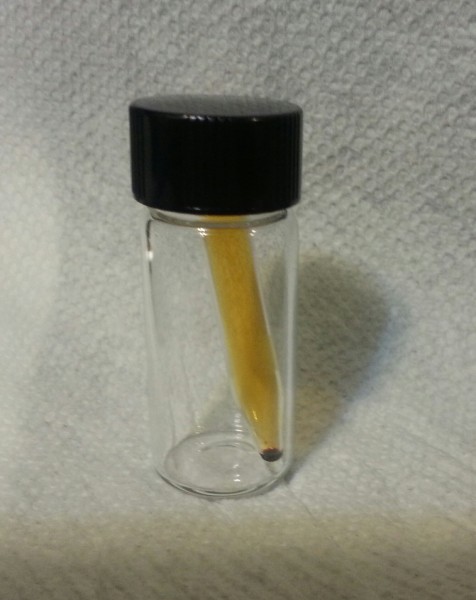Conclusion:
This was a truly terrifying reaction to perform, even given my massive quantities
of safety gear. However, it was a successful reaction with no incidents
and the Bromine is not sitting neatly in its ampoule (inside of a glass
vial) on my element display.

